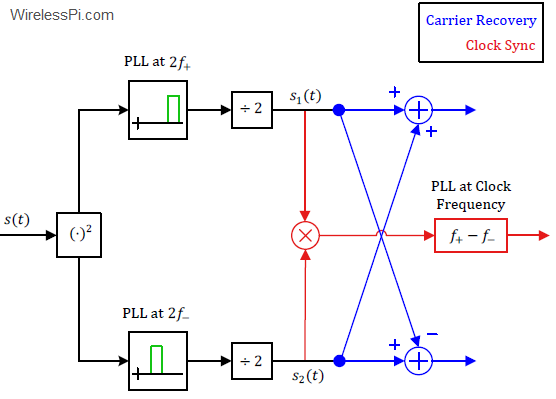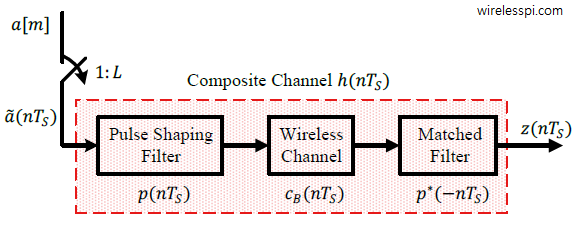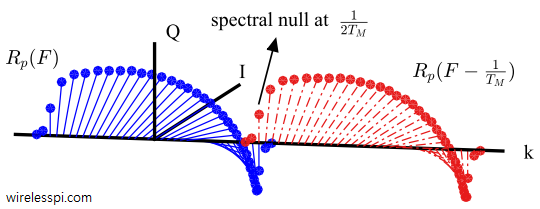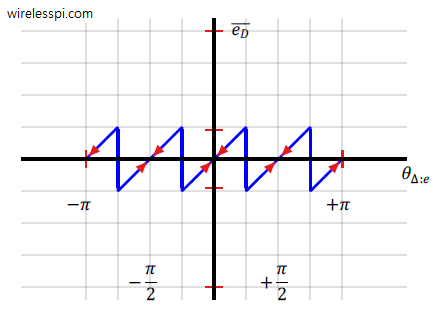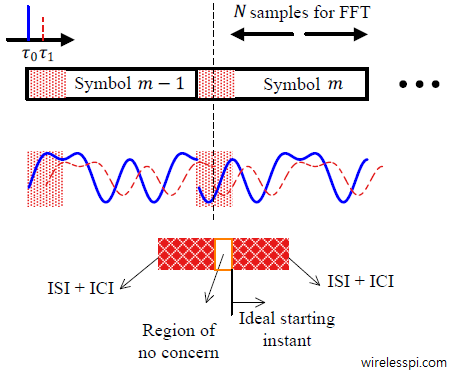Minimum Shift Keying (MSK) is a versatile and spectrally efficient digital modulation scheme. On this website, I have previously written a tutorial on MSK in some detail. We saw how MSK is a special case of Continuous-Phase Frequency Shift Keying (CPFSK) which is a special case of Continuous-Phase Modulation (CPM). We also explored how it can also be cast as Offset Quadrature Phase Shift Keying (OQPSK). In designing a real communication system, the design of modulators and demodulators is the easy part. The main difficulty arises from acquiring synchronization with the incoming signal. Today we investigate the carrier and timing
Continue reading